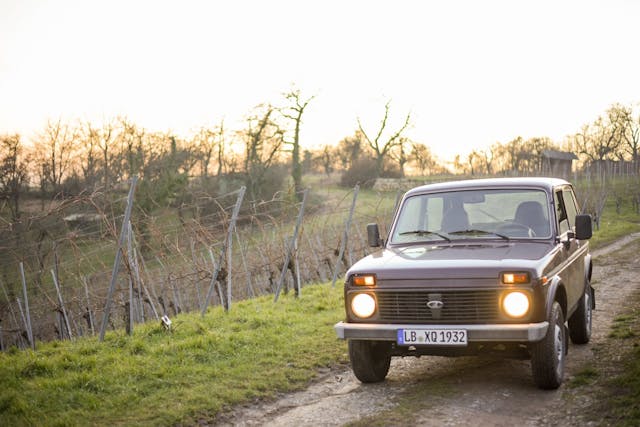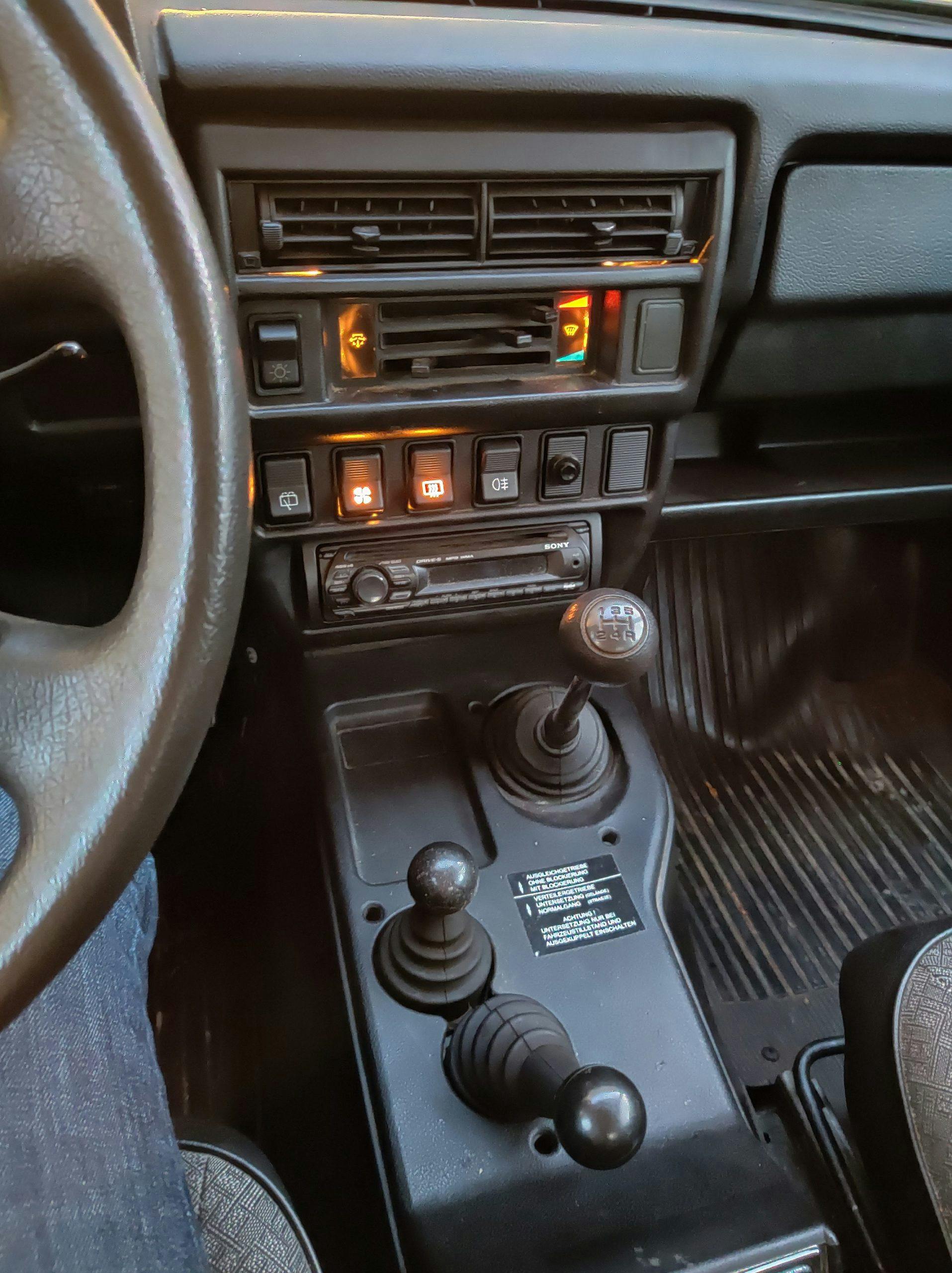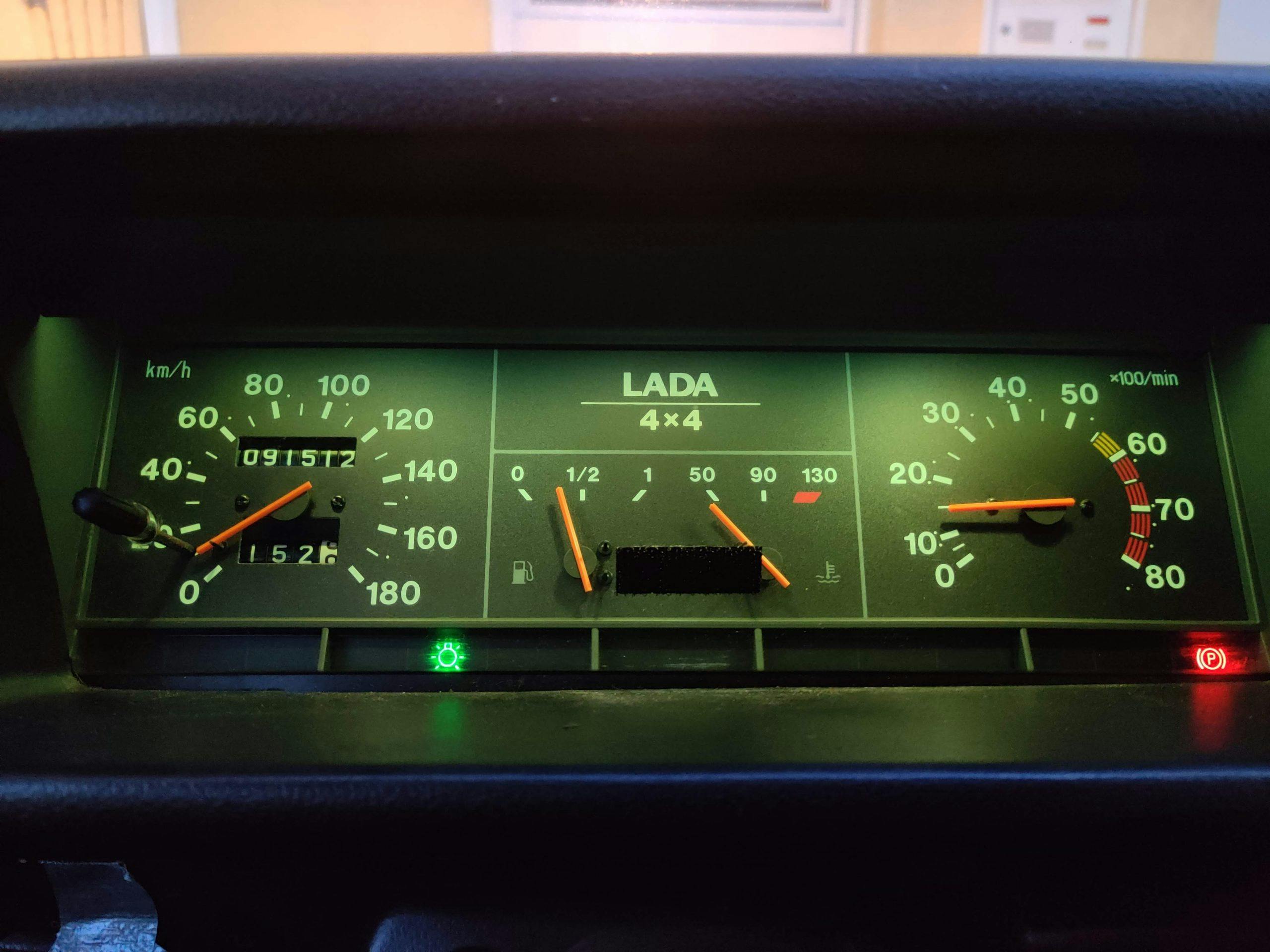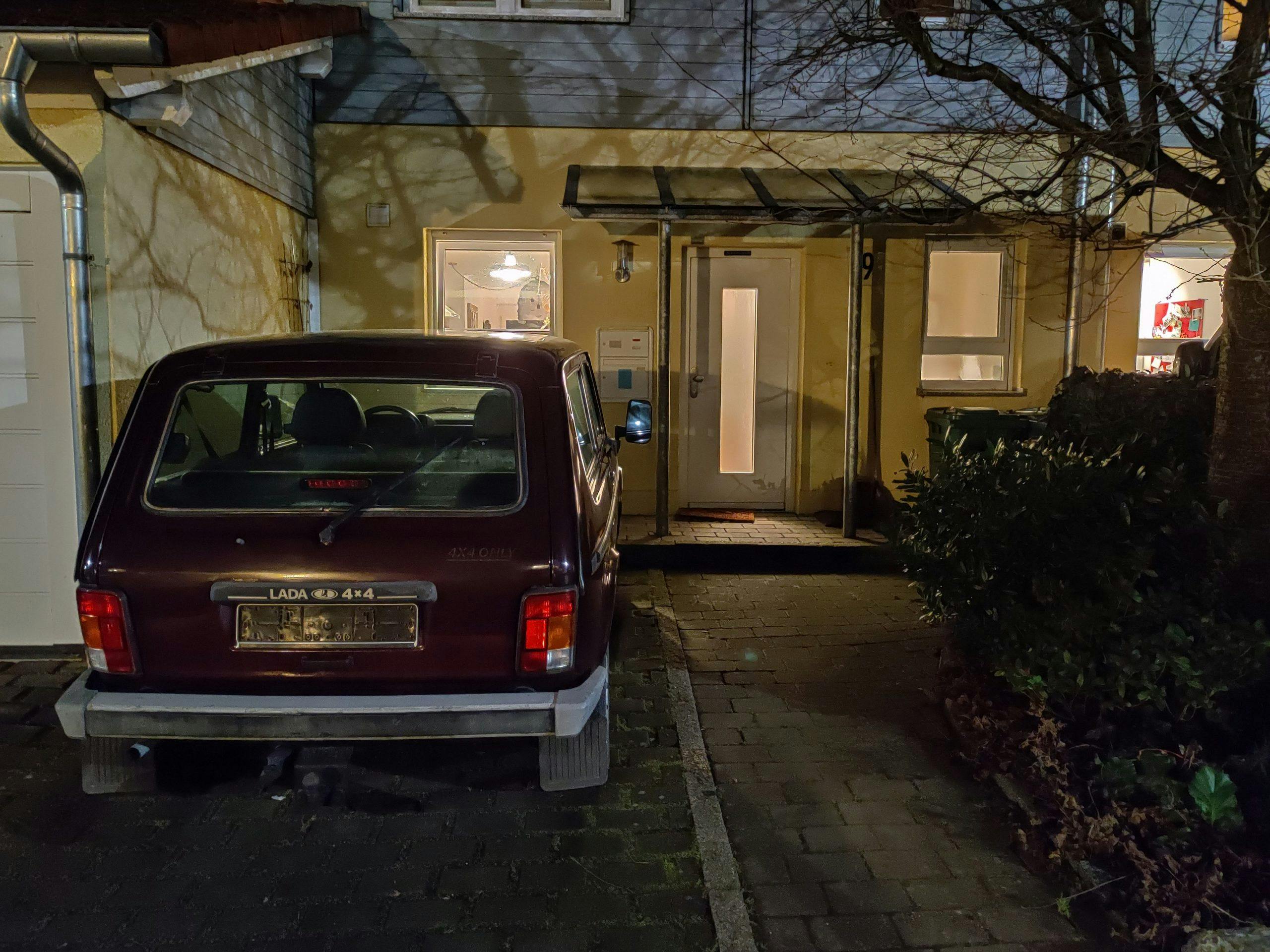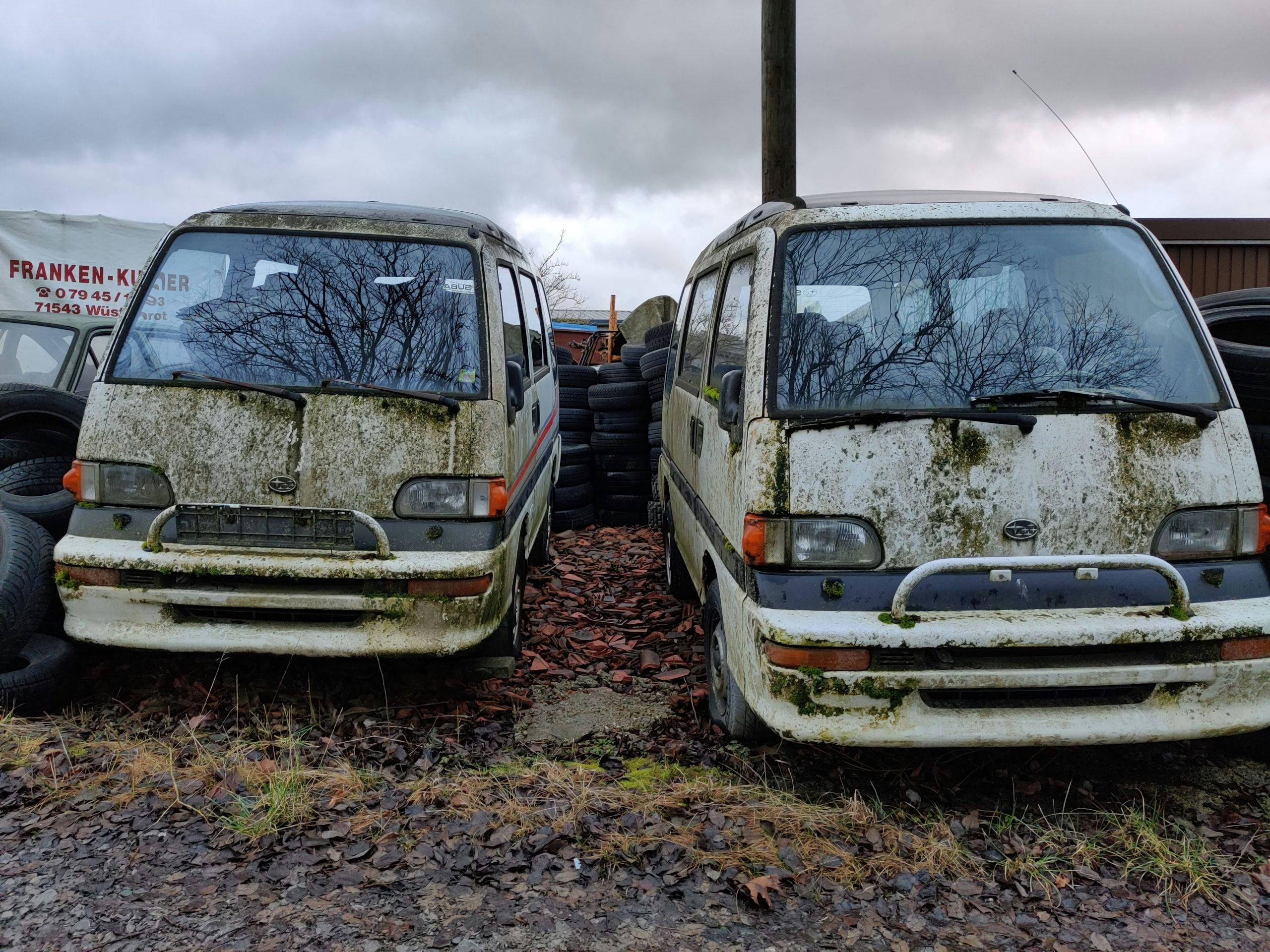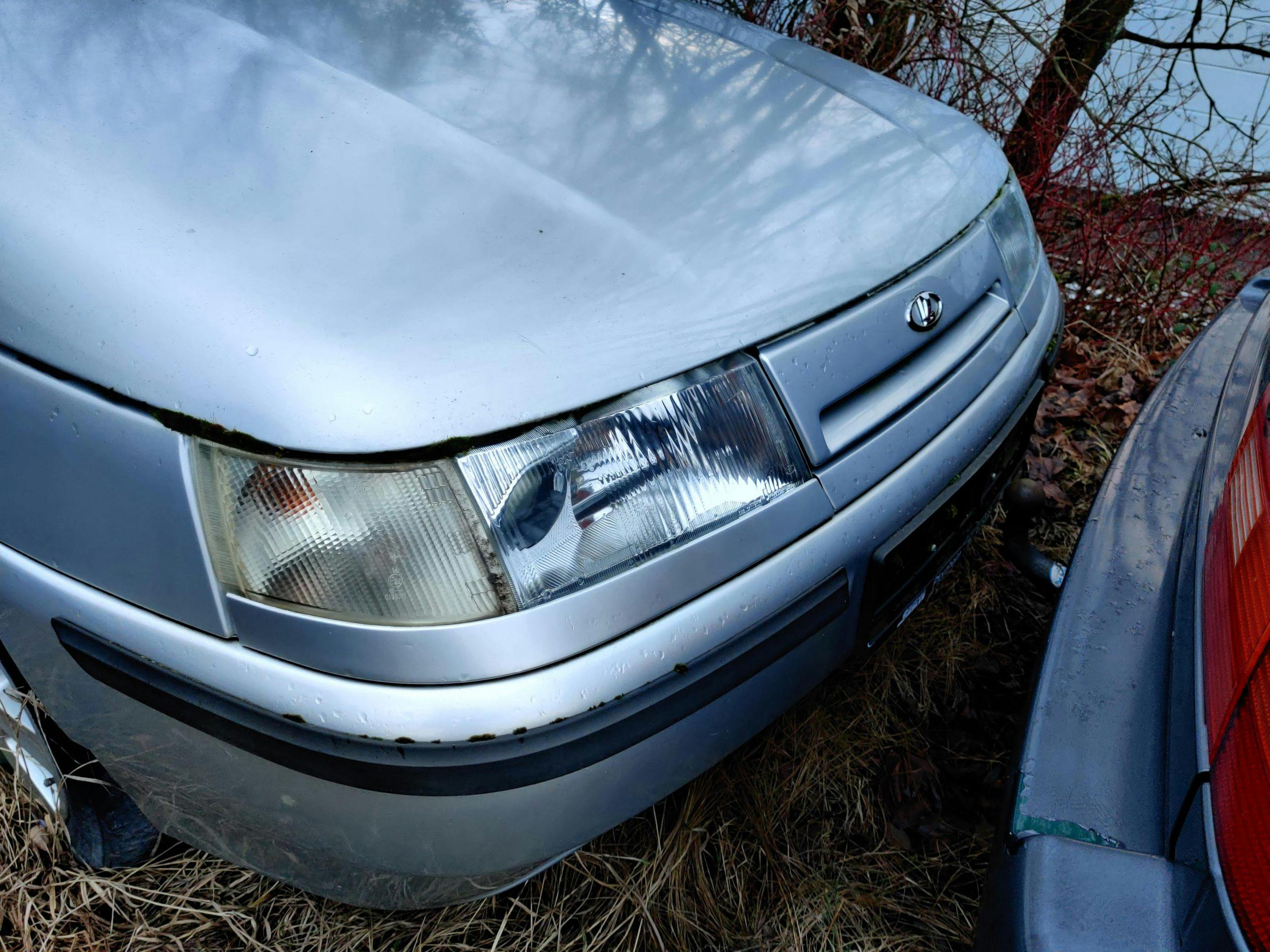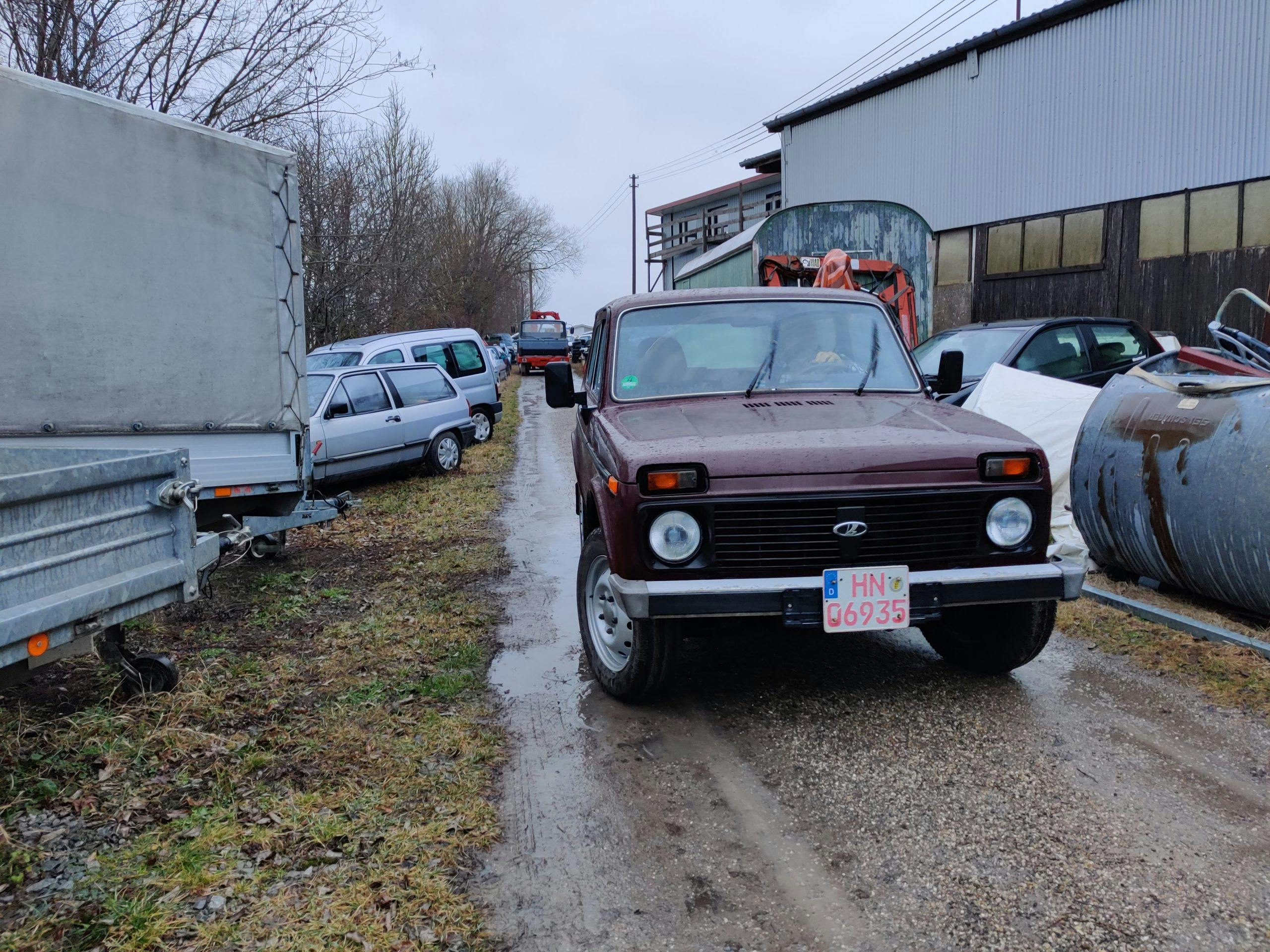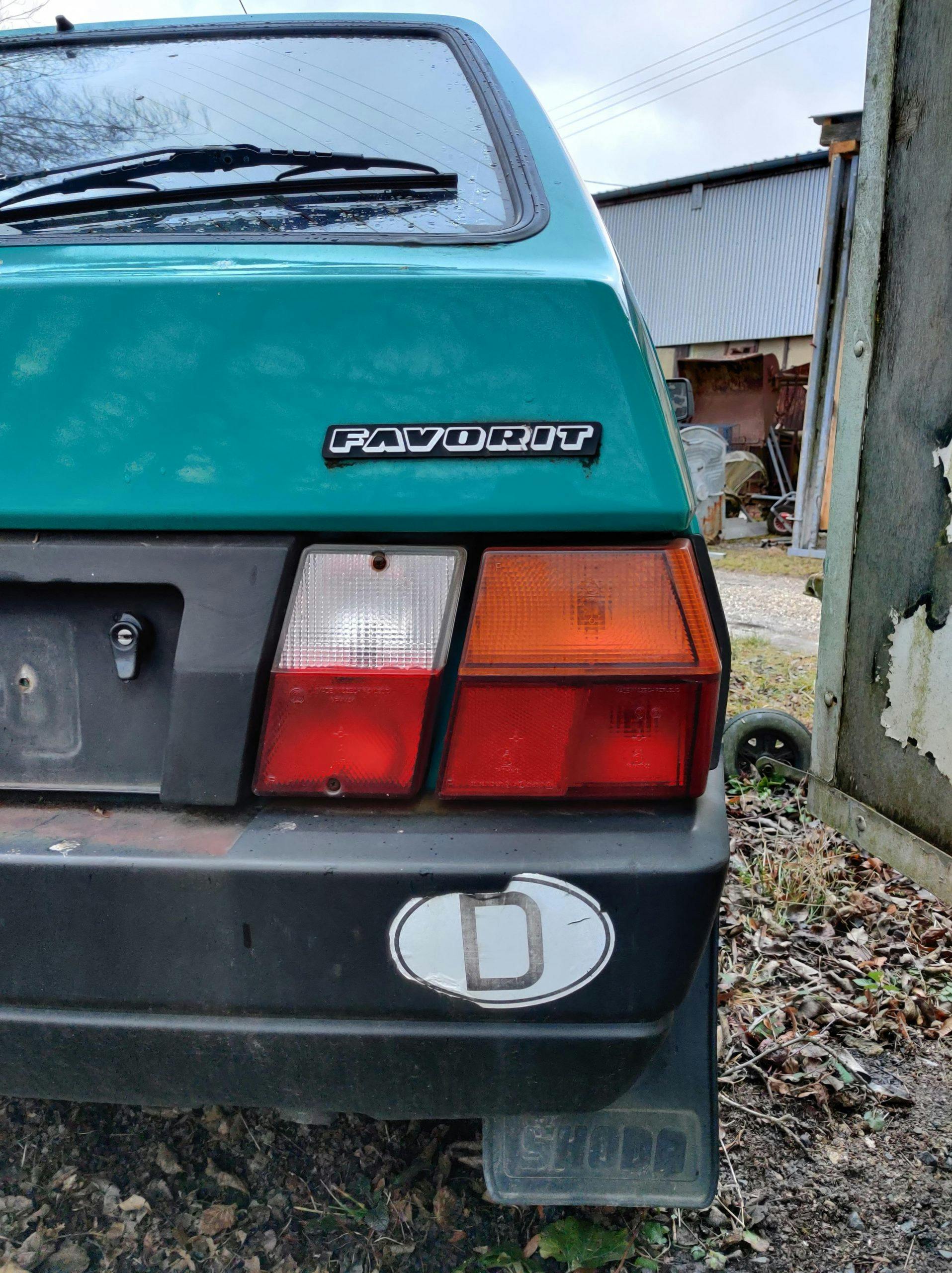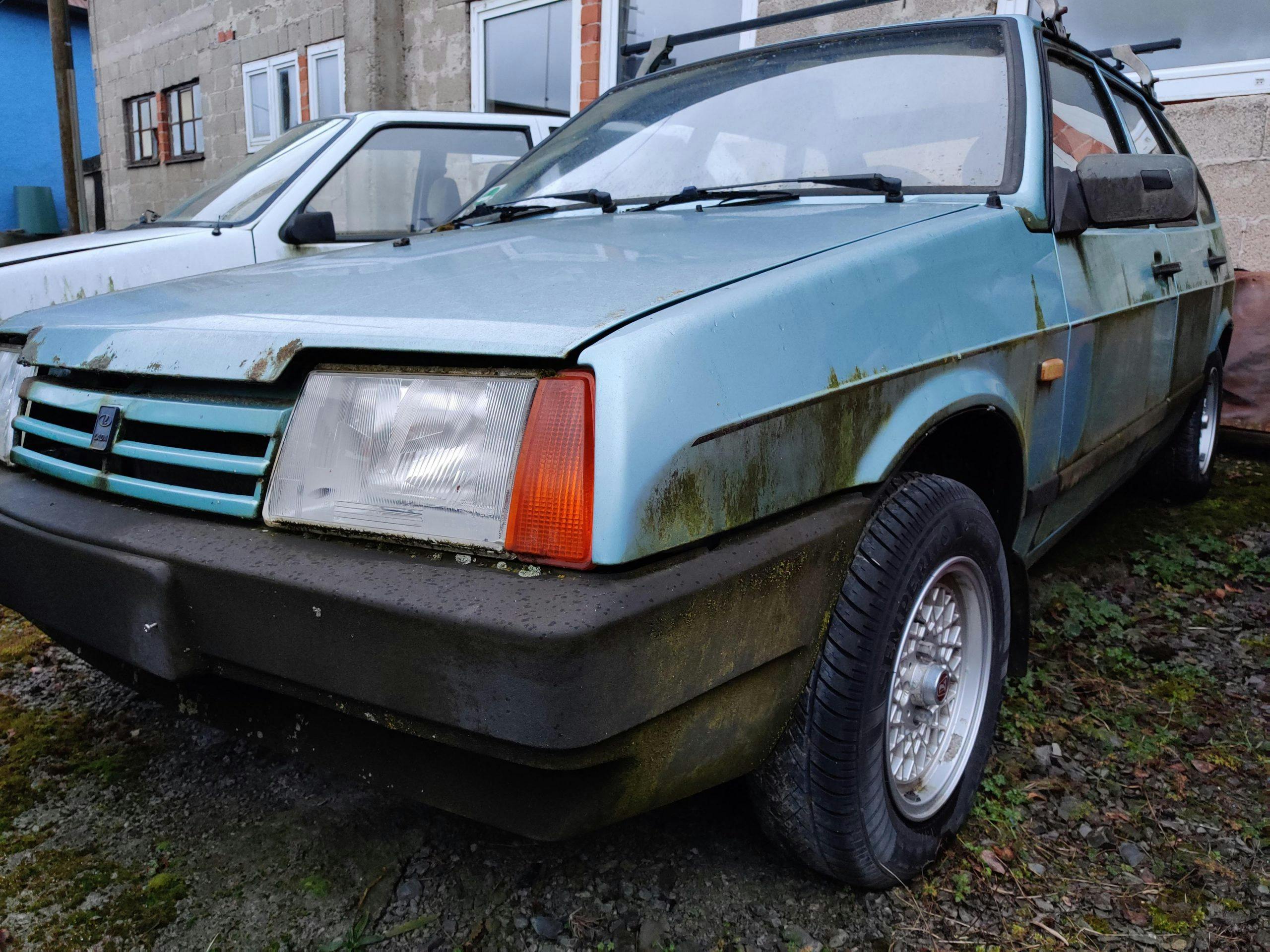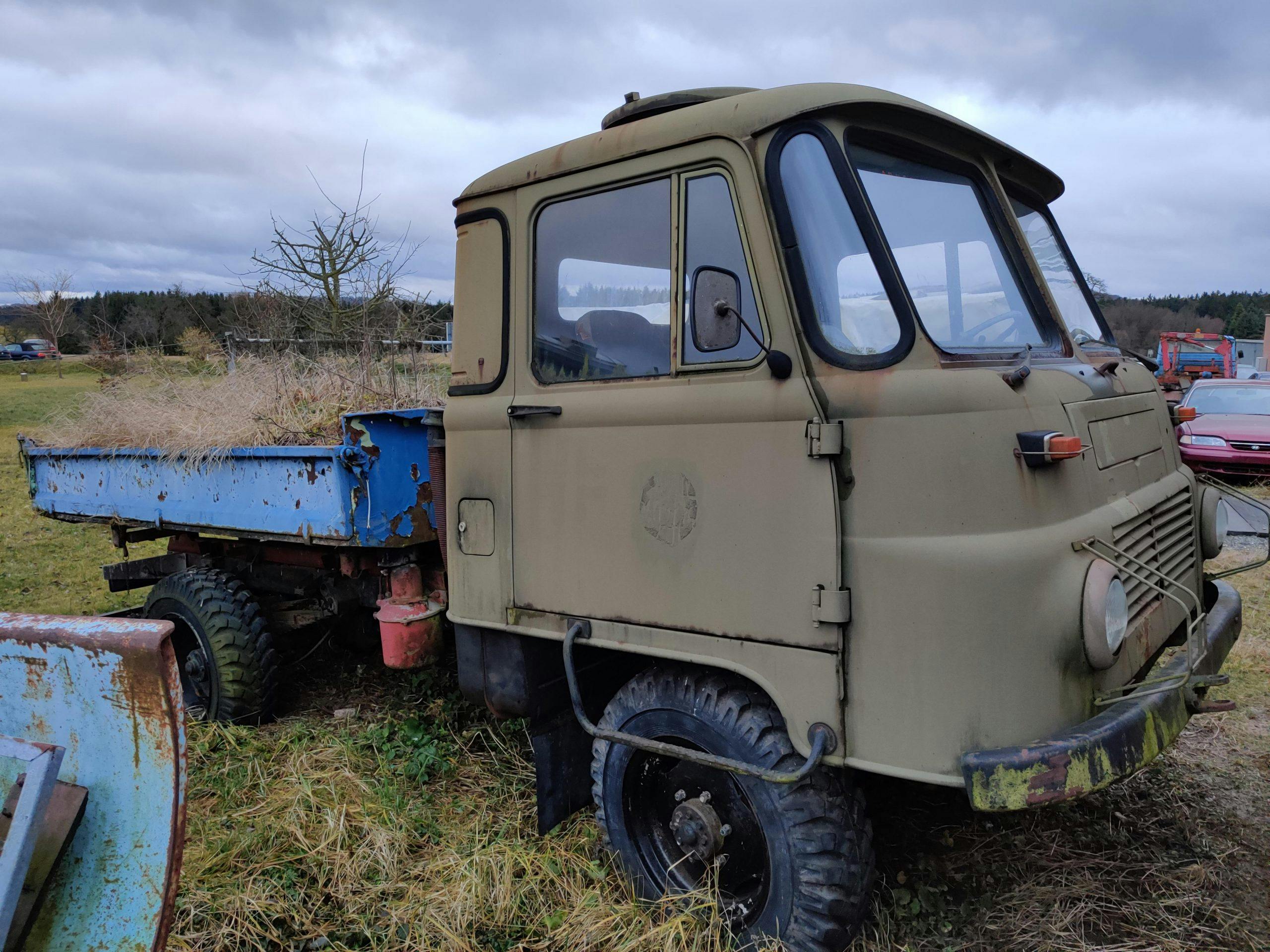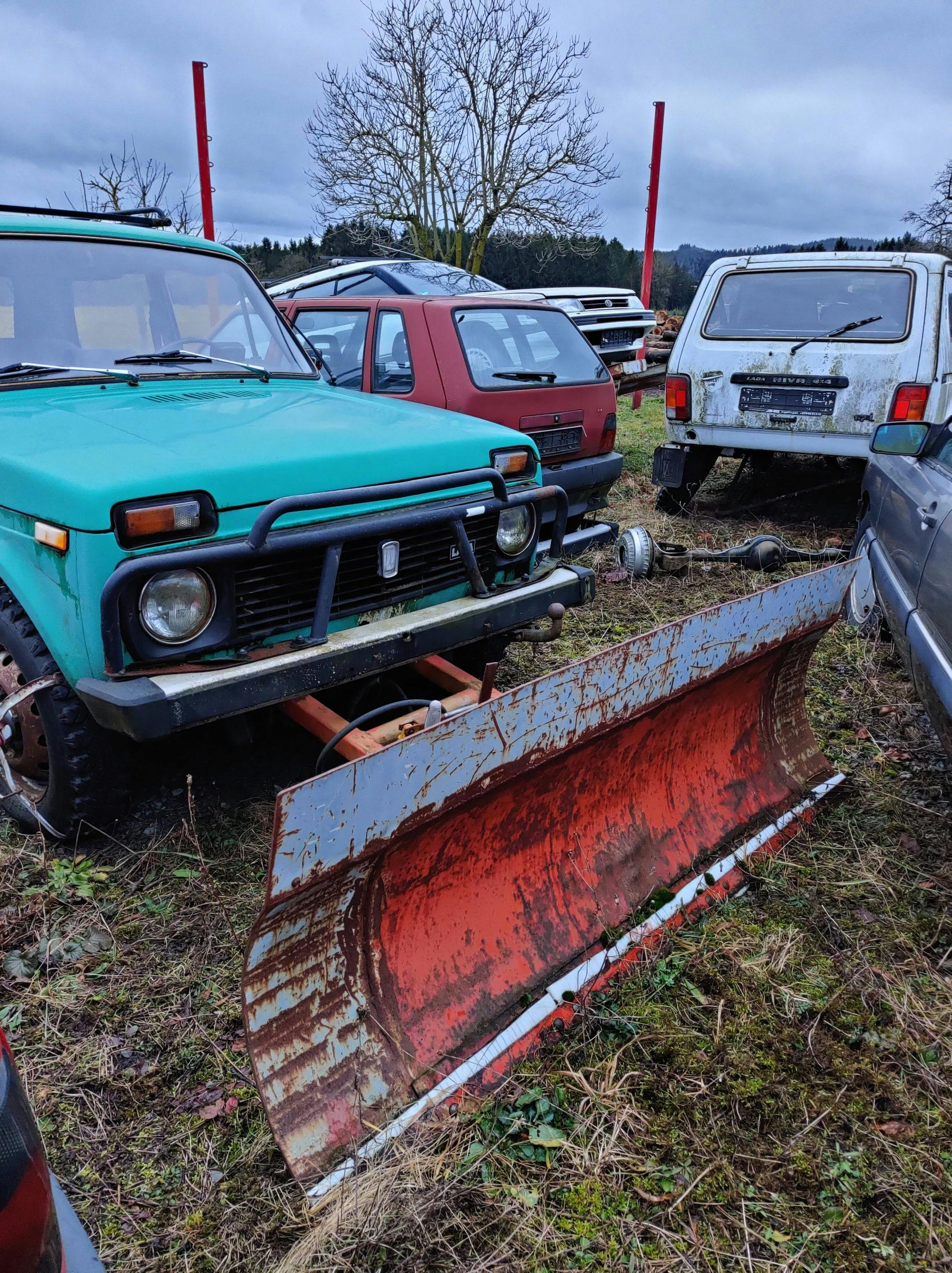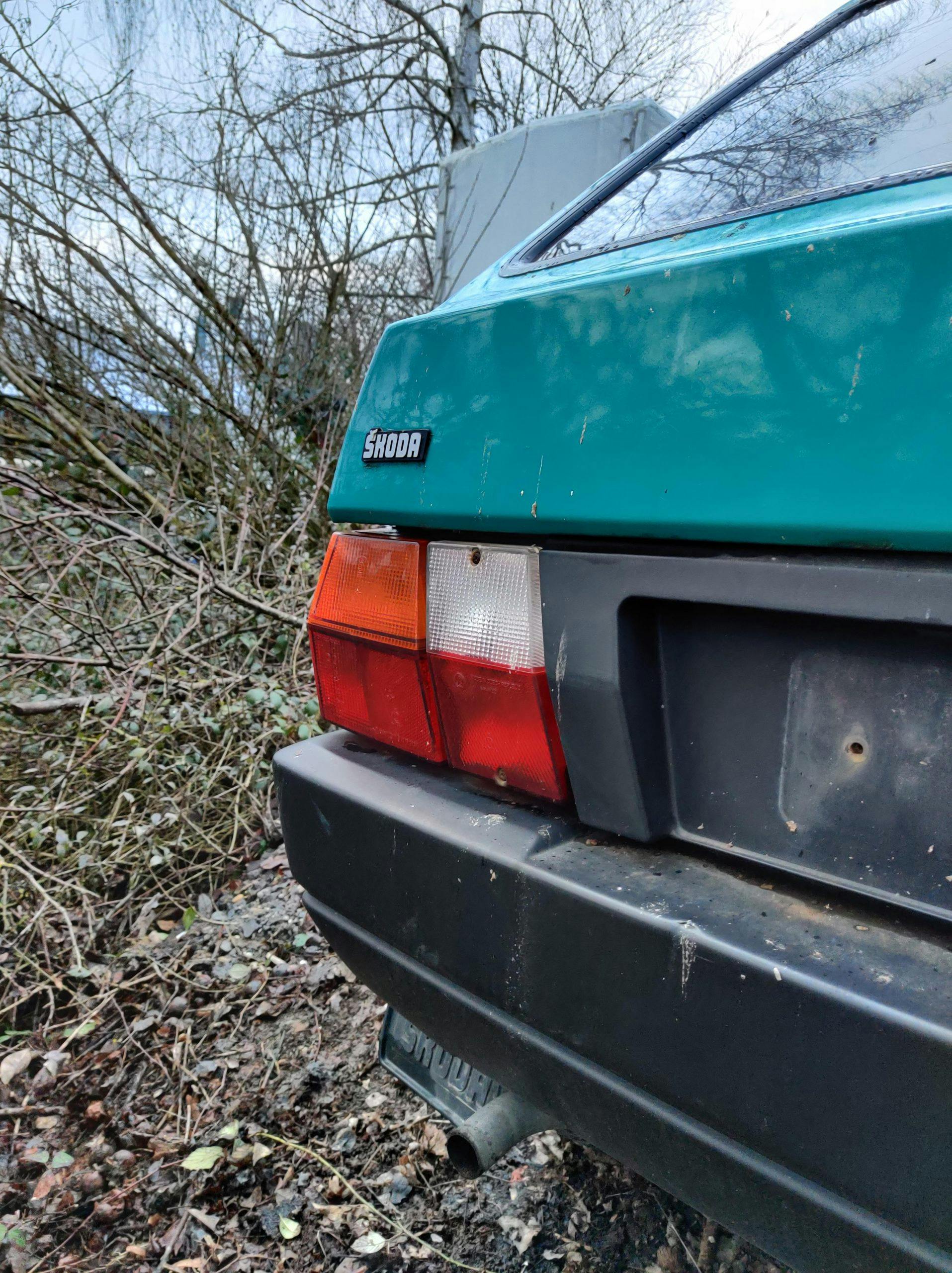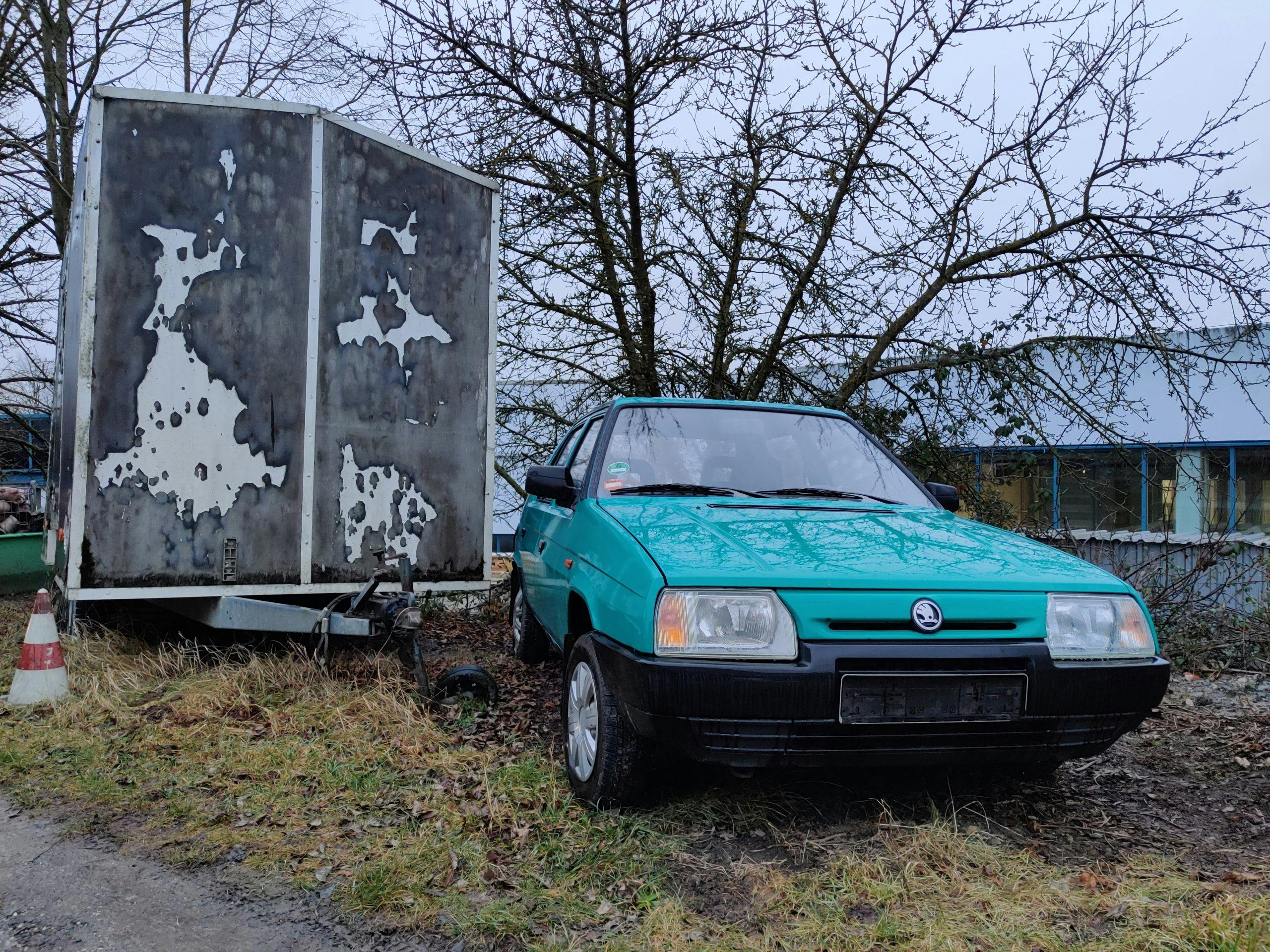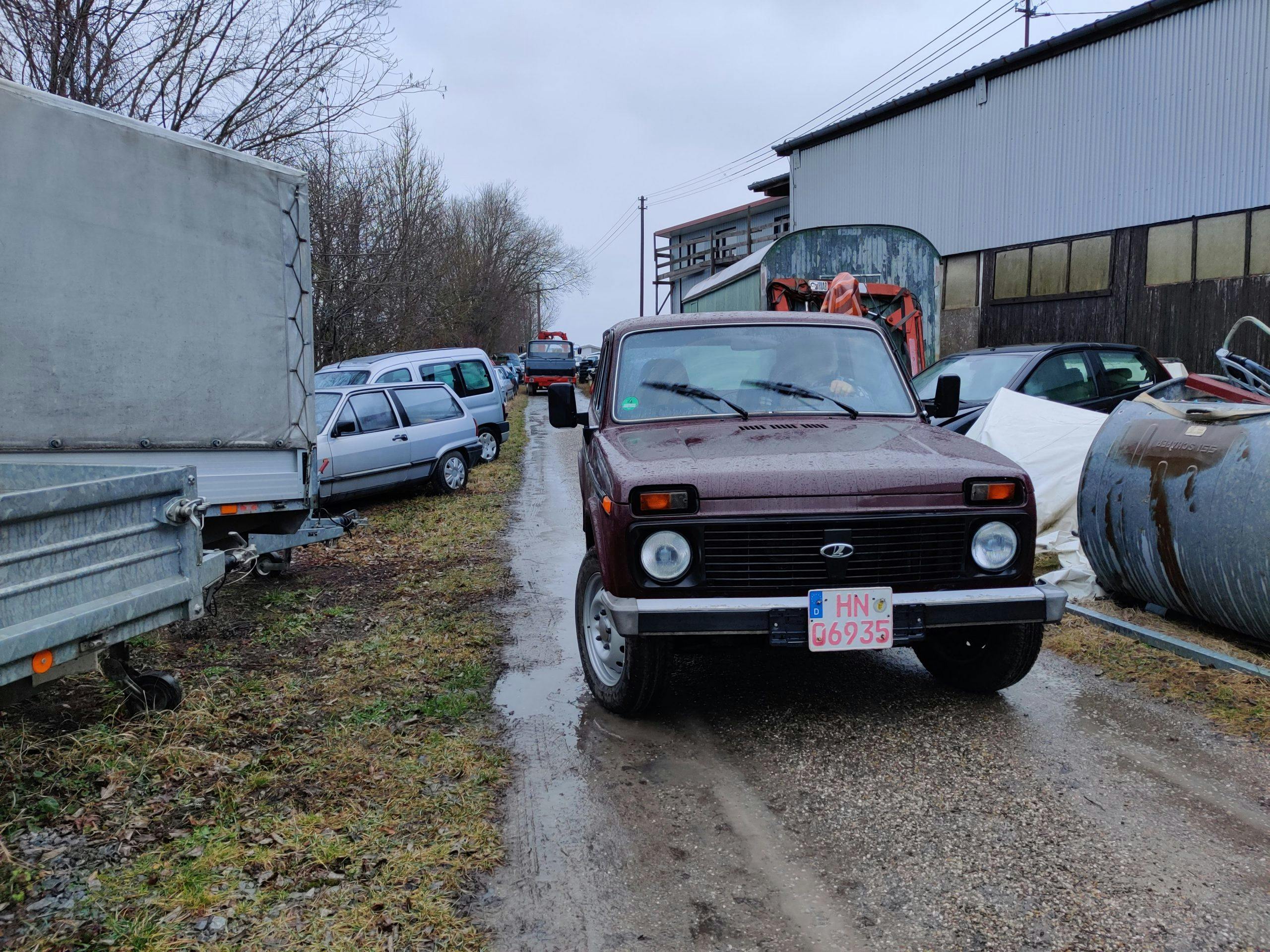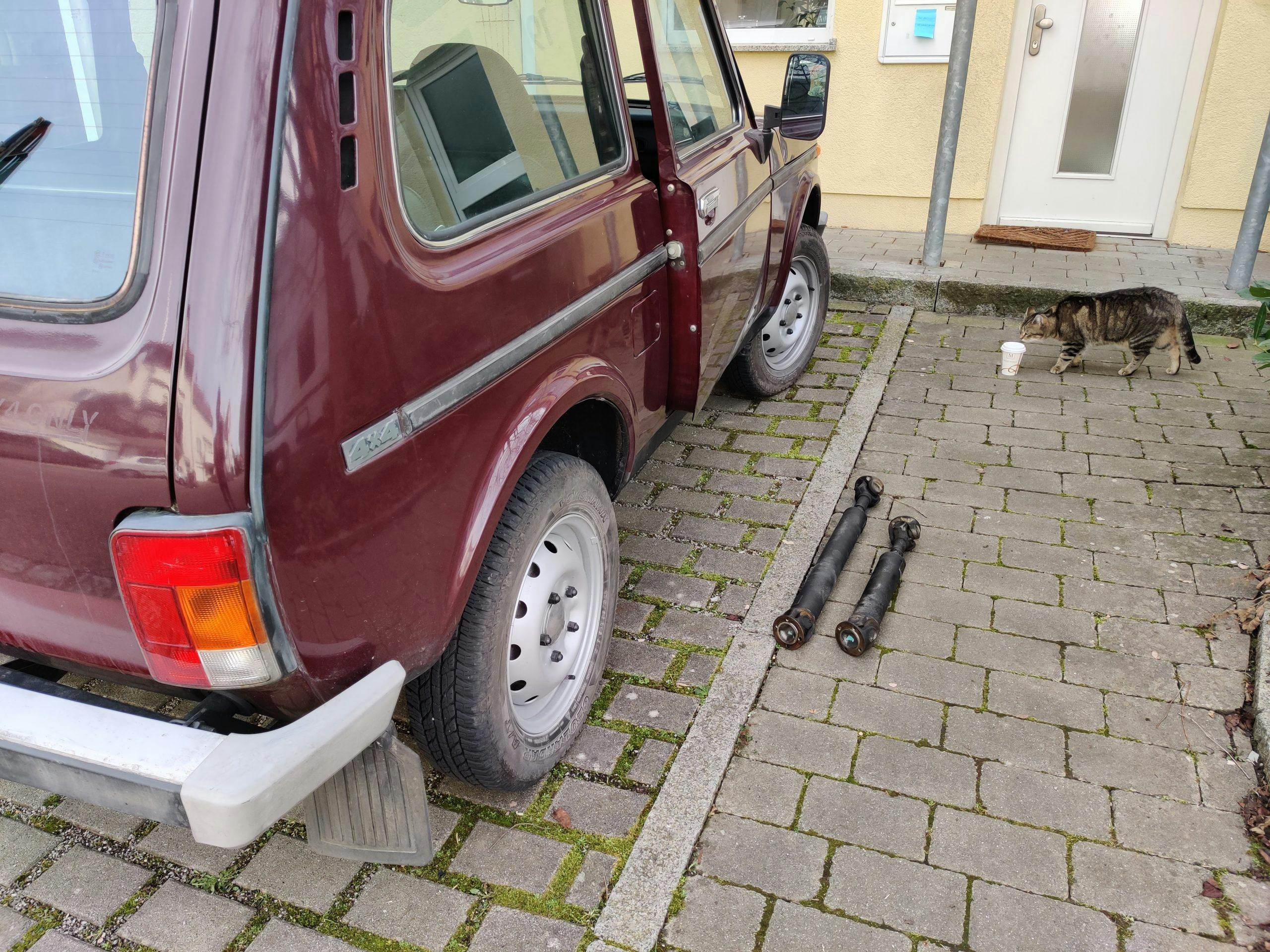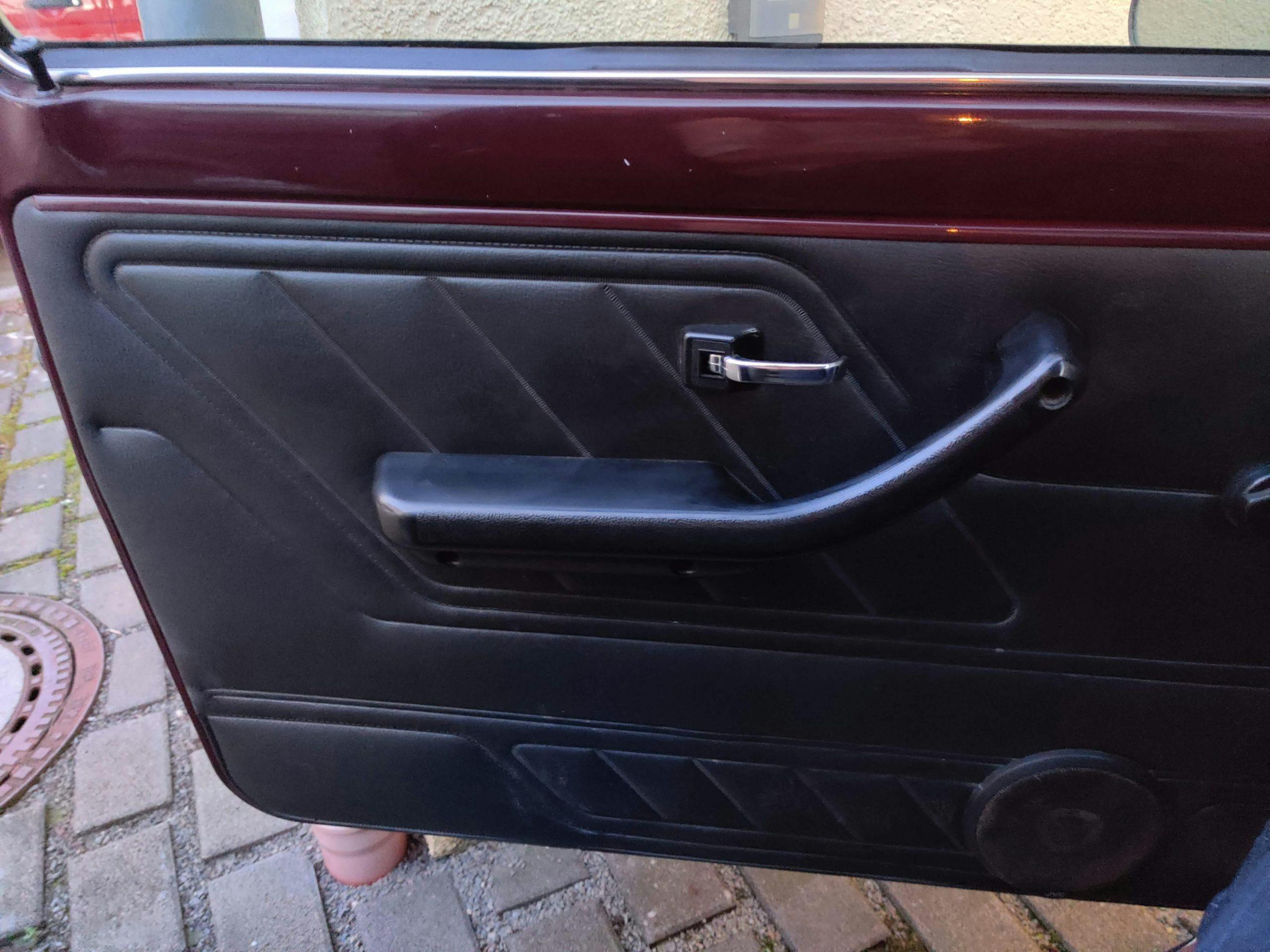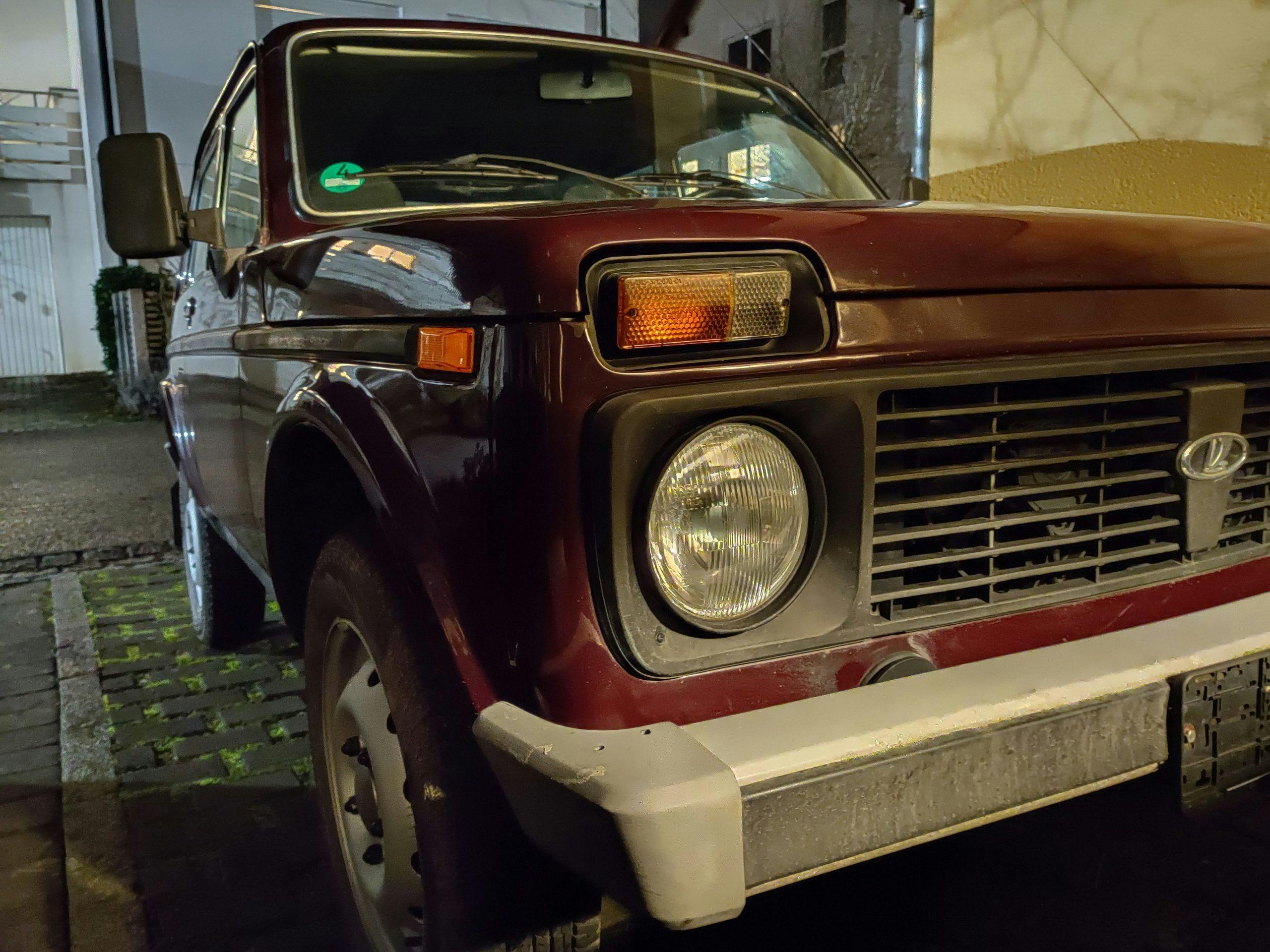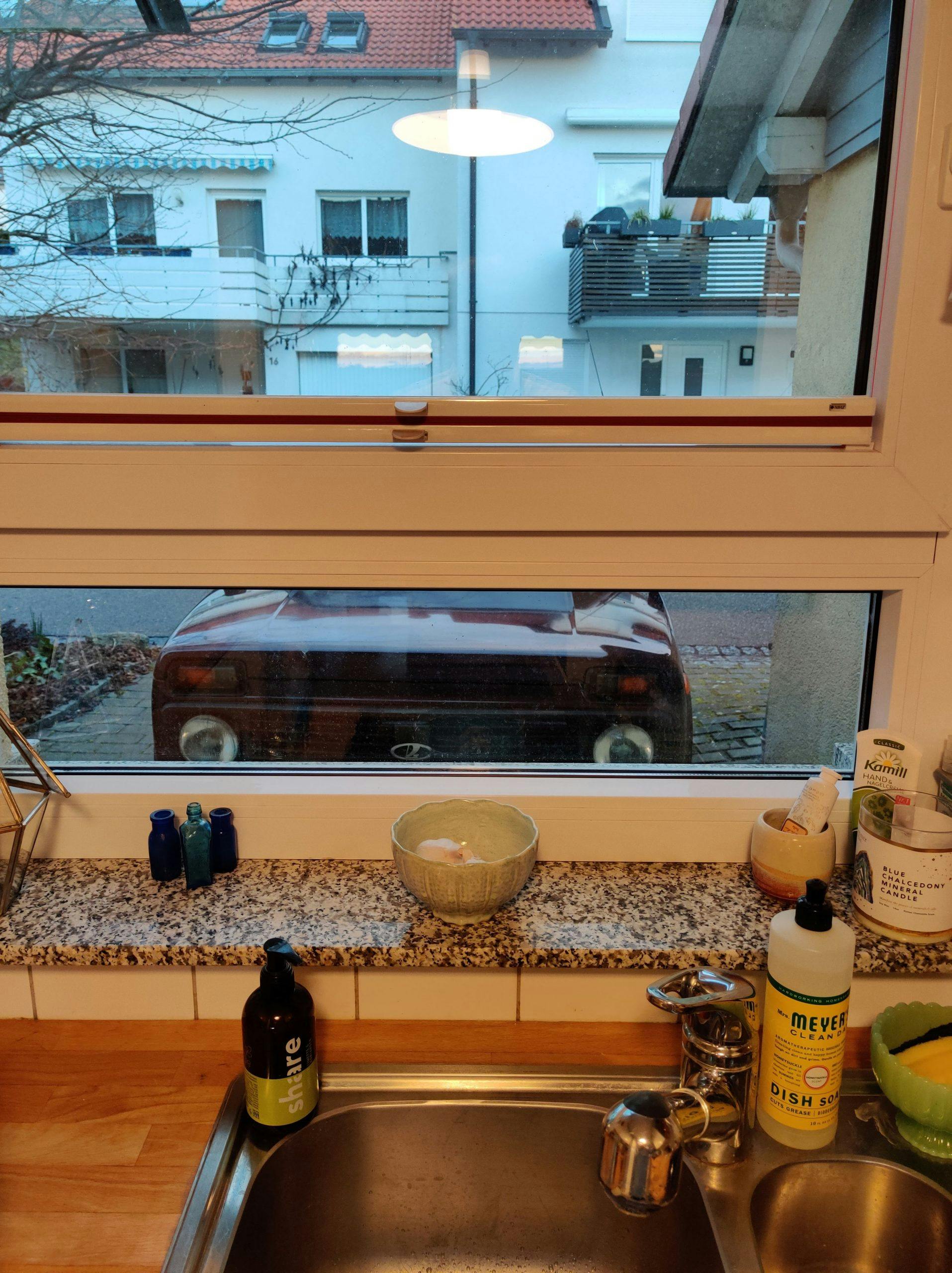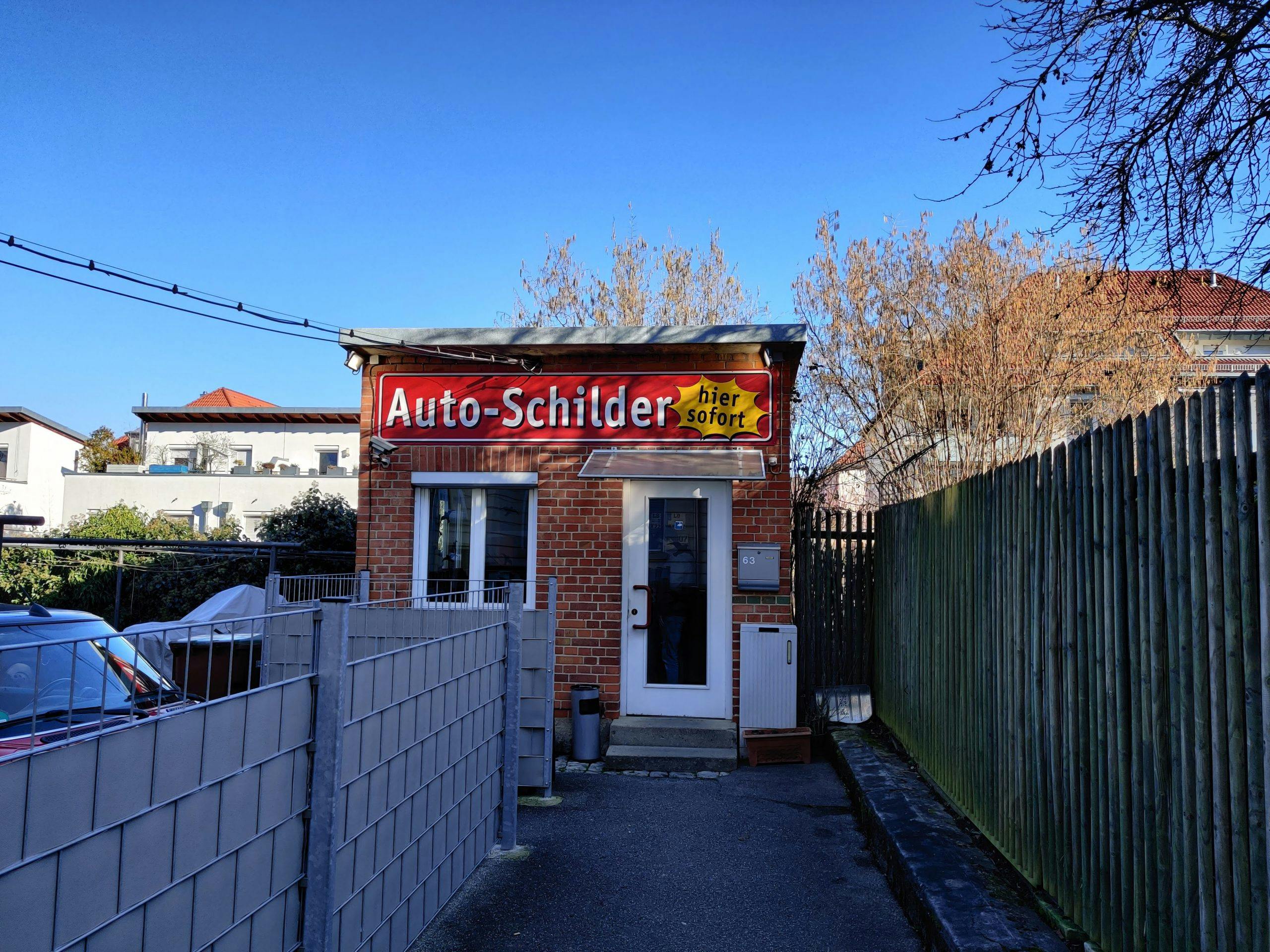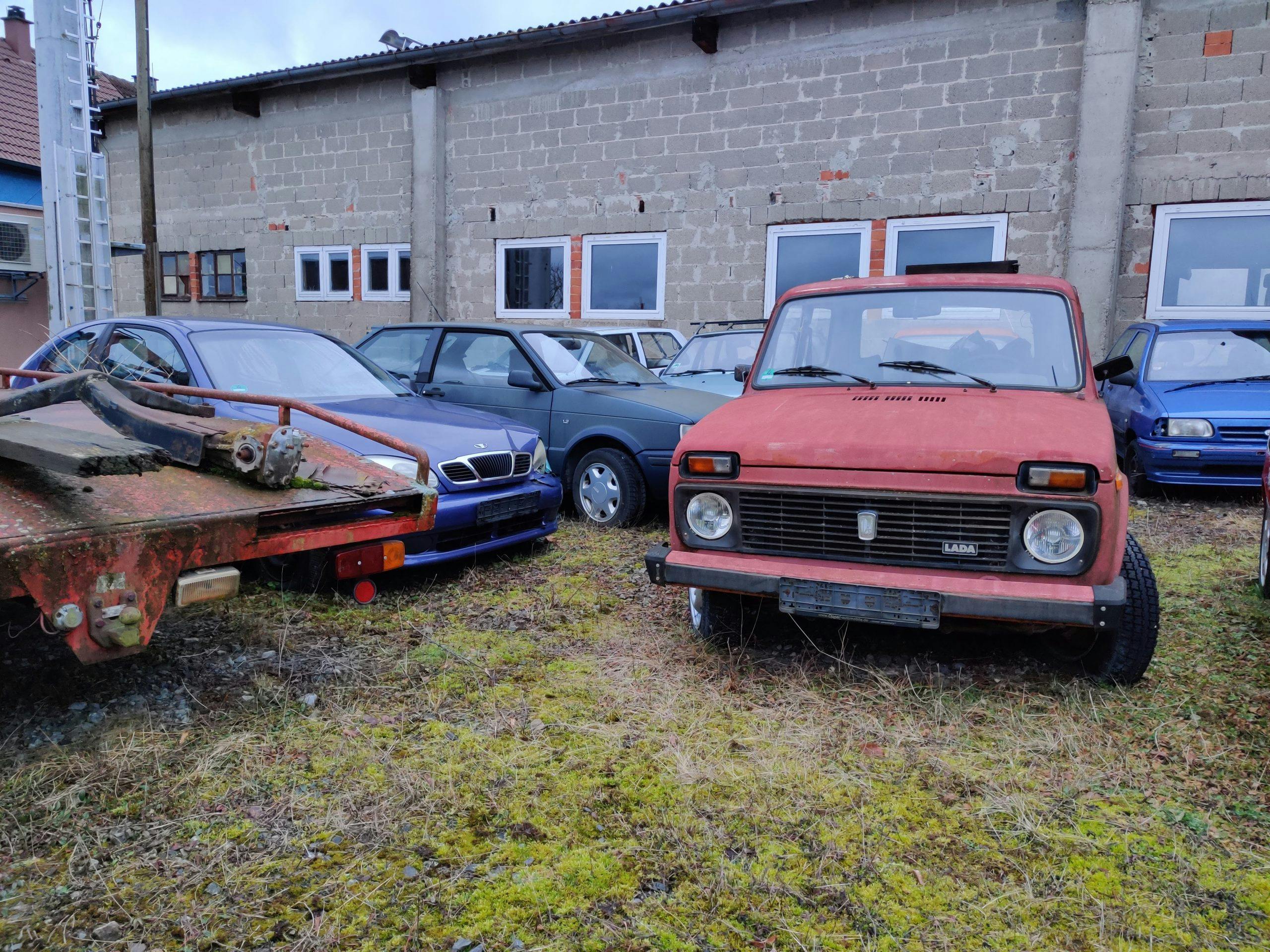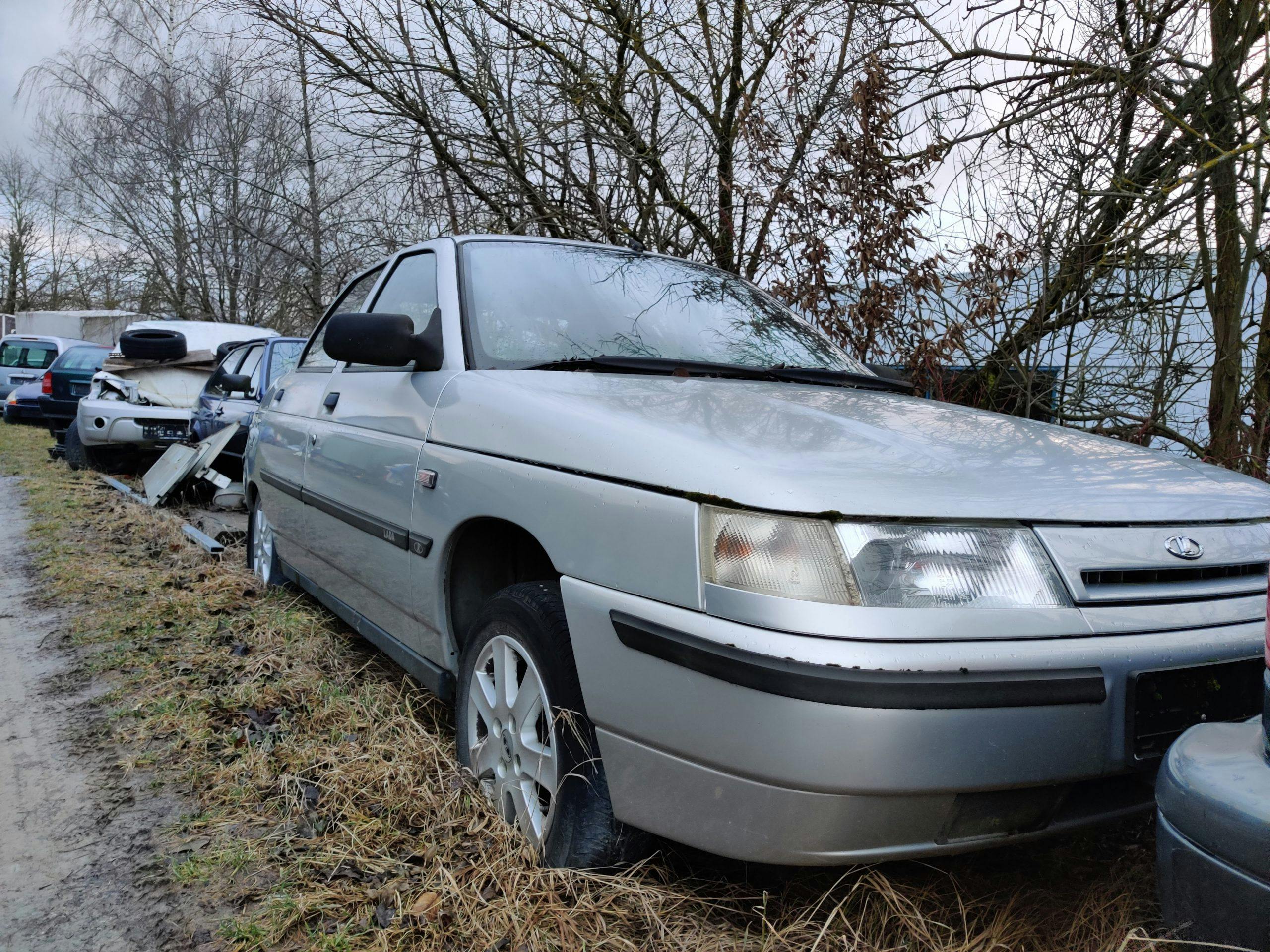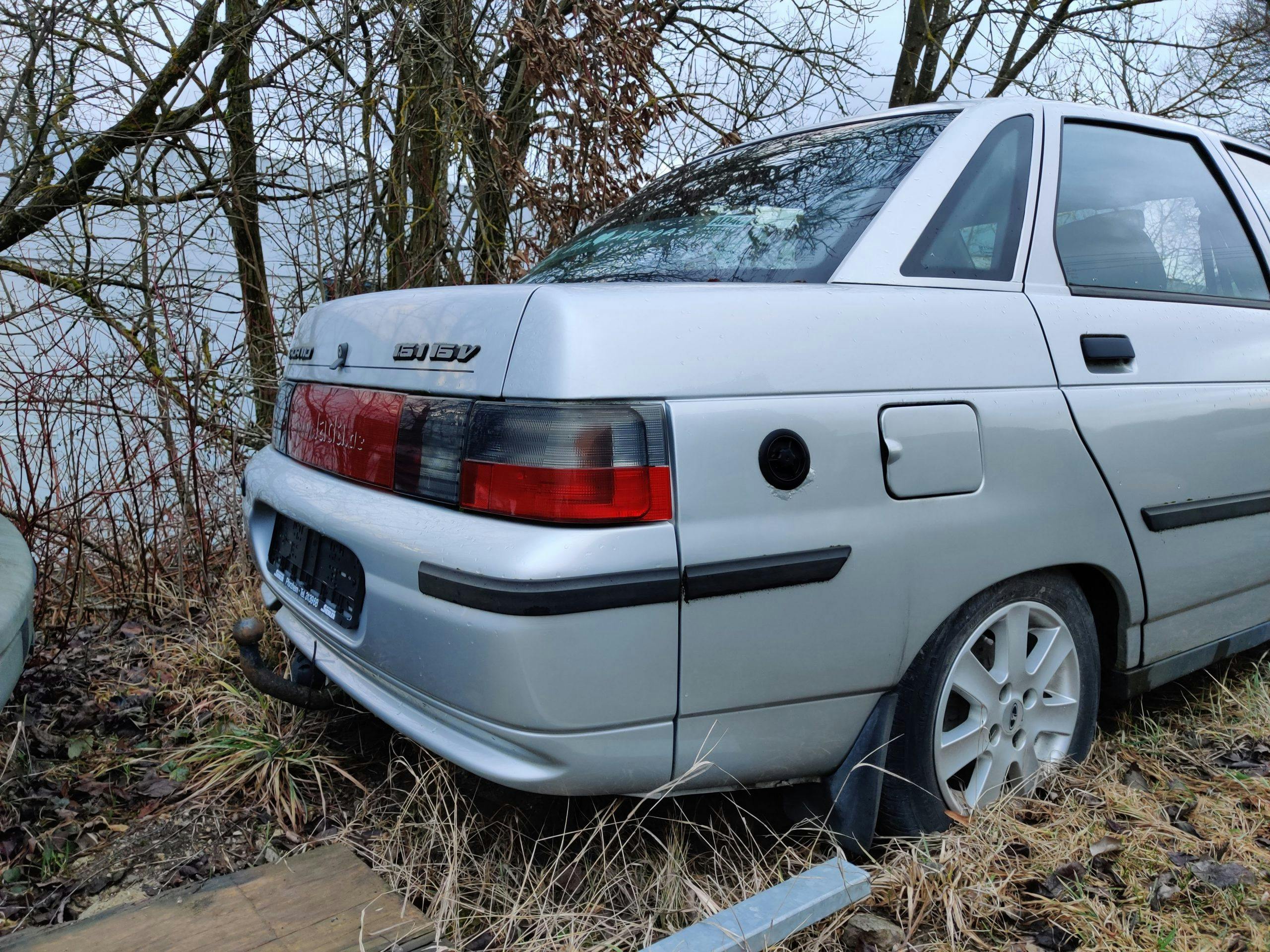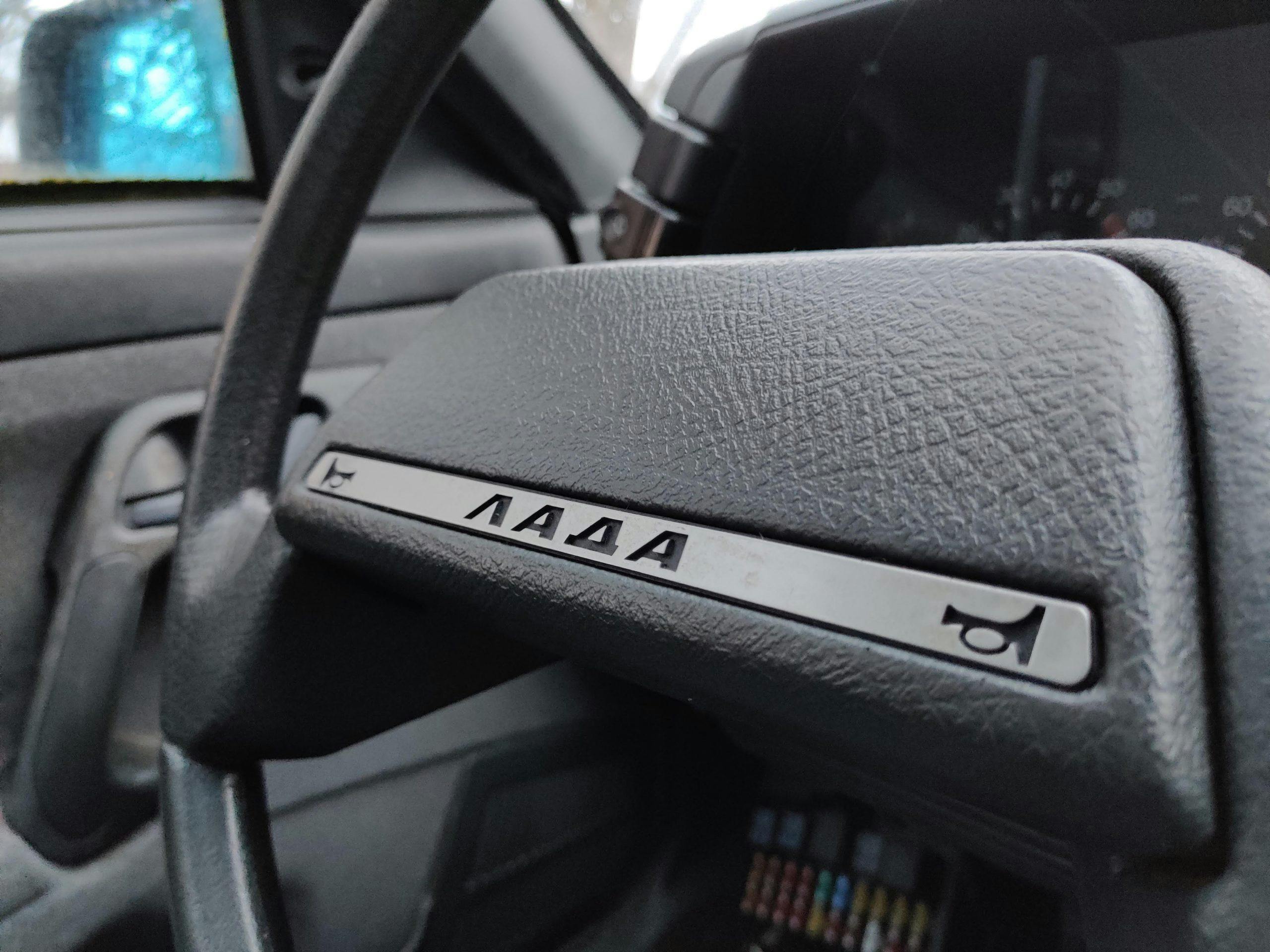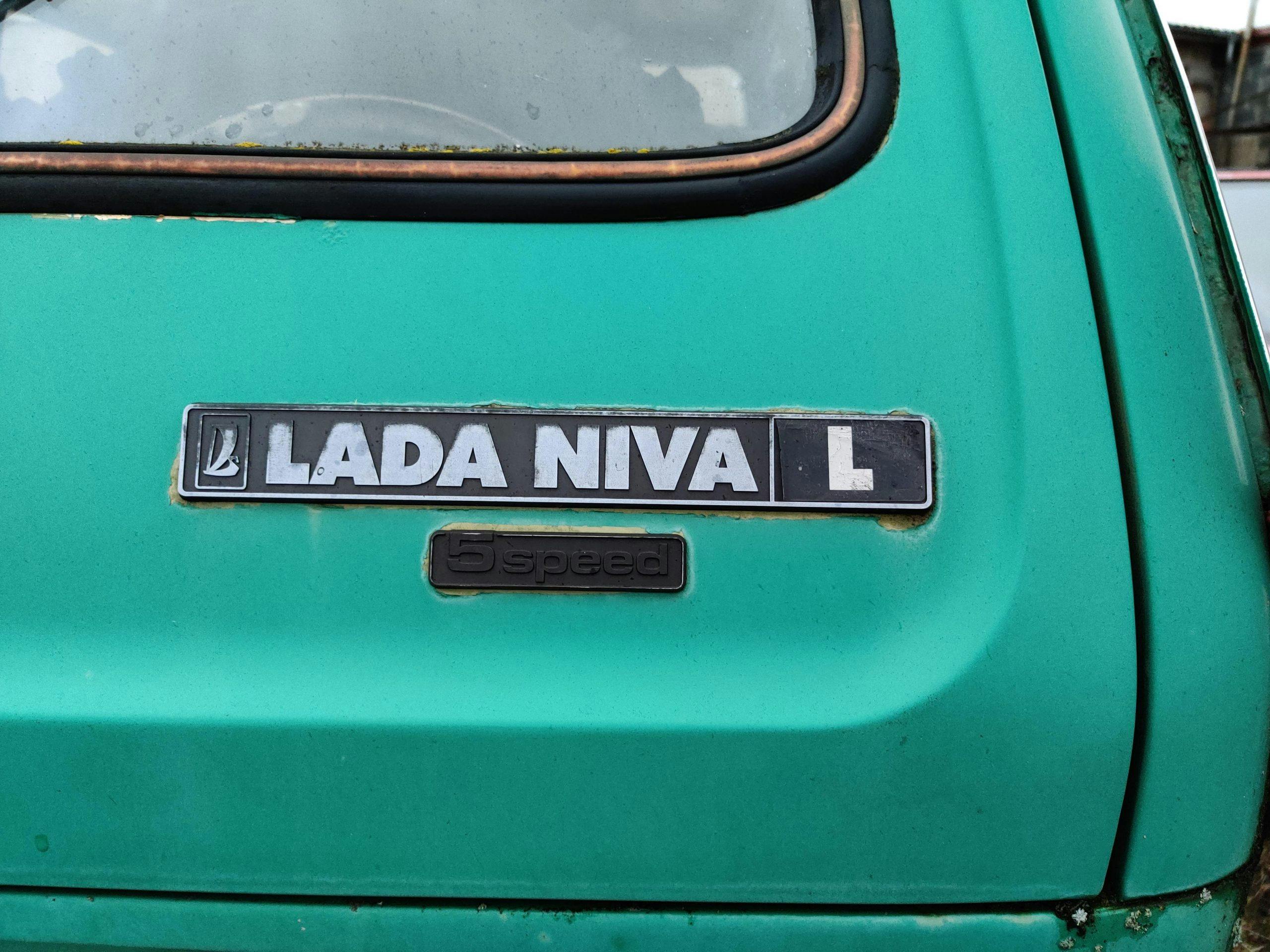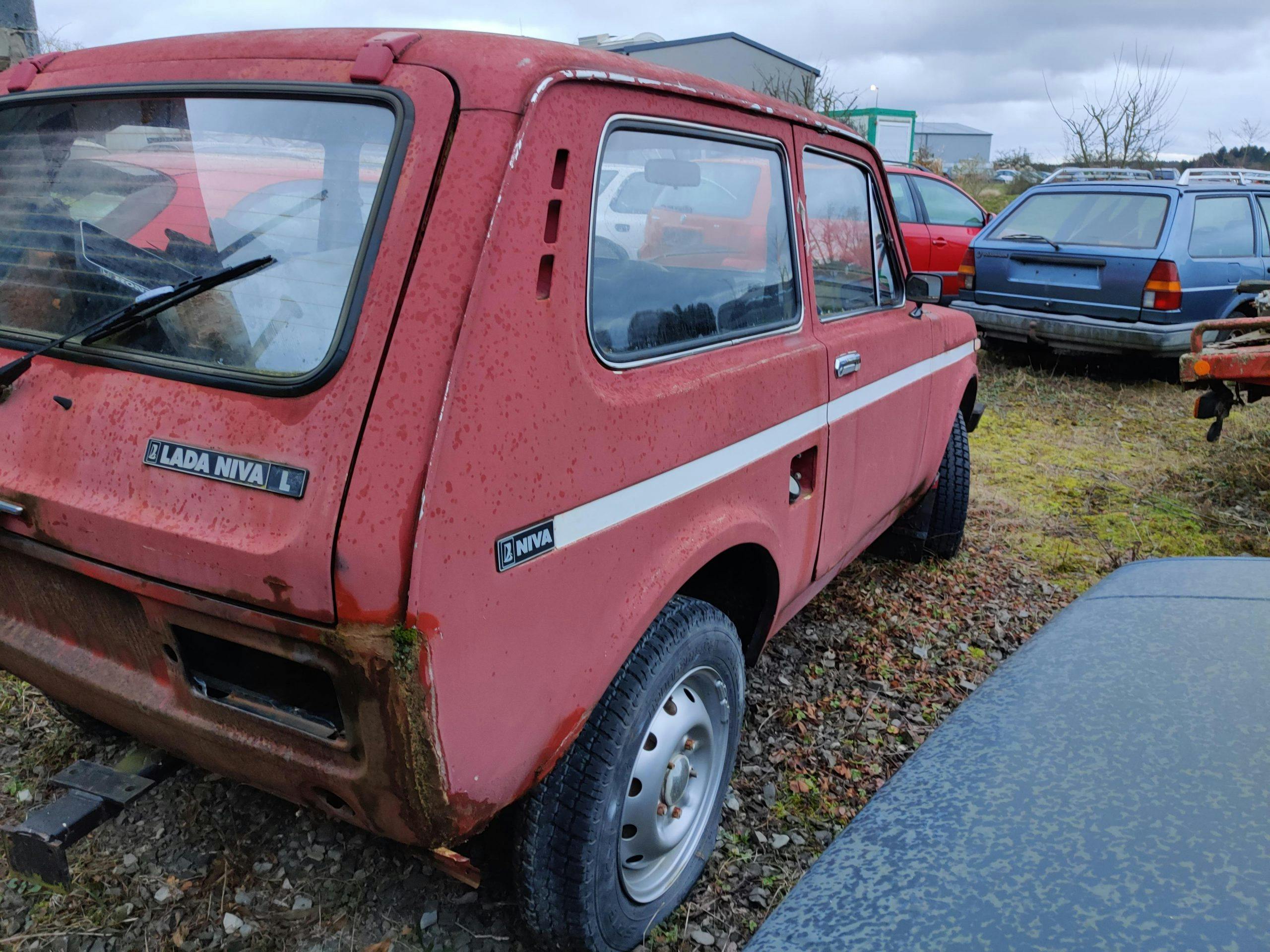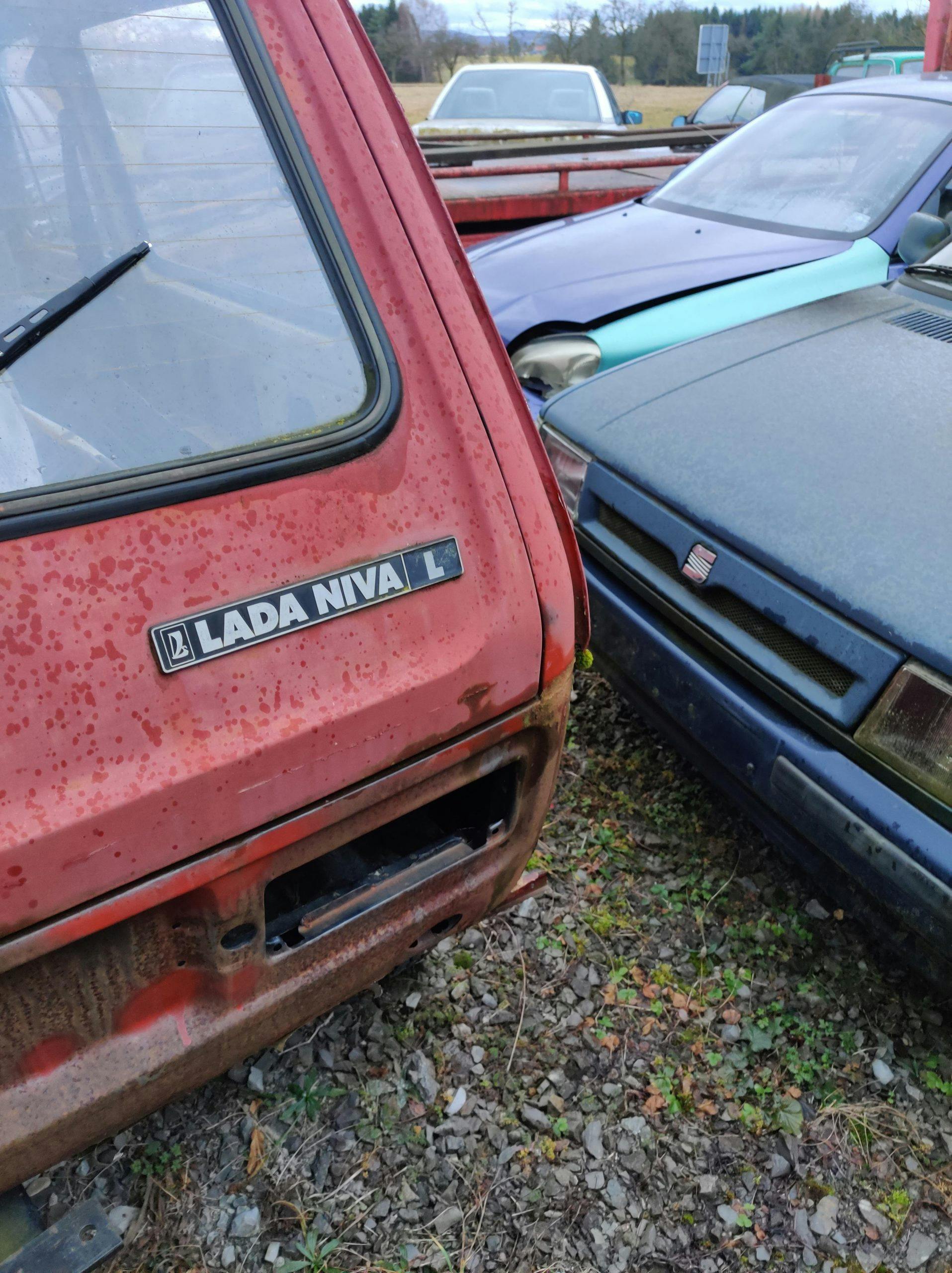Stoking the fire of my curious Lada love affair
Growing up, I had a friend who lived in Canada. This was a luxury, because it fostered exposure to all manner of things. Fries and gravy, for one, but also thousand-mile road trips to Montreal, Toronto, and rural Ontario—including a nerve-wracking trek from North Carolina in his ratty, short-wheelbase Range Rover Classic with an oil pressure lamp that flickered at highway speeds.
Nestled in these periodic trips was always Lada viewing. I remember one example that we found while browsing newspaper classifieds in a Tim Hortons, archetypically situated next to Canadian Tire in Montreal. I recall the snow crunching under my back in a French-Canadian buy-here, pay-here lot while I inspected a rotten white Niva from underneath, exhaust patched together with varieties of Campbell’s Soup cans not on offer in the U.S. market. Later, at my friend’s sister’s dorm, I called several border crossings, hoping to find an agent with a pragmatic and flexible view on import law. These efforts did not pan out as I hoped.
Fifteen or so years later, now that I’ve up and moved to Germany, the dream is alive again. My search began at officially sanctioned Lada dealer lots. How often do you get the chance to finance a brand-new 40-year-old vehicle with rubber floors and hand-crank windows? Since the local boar hunters adore them so, the depreciation curve for these cars is rather linear until they’re around 15 years old. At that point, your average Lada will, due to rust, often fail its biannual TüV inspection. Well-cared-for examples fetch prices not far off what the vehicles cost new. Therefore, I wanted to find that sweet spot of just crappy enough to be a good deal, but with no crippling problems that I couldn’t fix in my driveway.
Possibility knocked—a lead in the local online classifieds. I decided to give my developing German language skills a shot with a quick interrogatory phone chat. The call started off rocky, given my random allocation of prepositions and limited vocabulary. My American disposition towards small talk probably didn’t help make the conversation any less strange from the seller’s perspective. Roughly translated to include my inadequate German, it played out as follows:
Seller: “Bernhard.”
Me: “Hello, I am called Matt. I am calling you over the Lada because I would like to browse it.”
Seller: “… Ja.”
Me: “I have been searching a Lada since two months. I will use it as my daily auto. I come from America and we have no Ladas.”
Seller: “Ja, ok. A Lada? As daily transportation?”
Me: “Well, ja.”
Seller: (Laughing) “A Niva is a tractor with doors for hunters and farmers. It is not a vehicle for the autobahn.”
Me: “I know, but it would still give me pleasure in order to have one.”
Seller: “OK, come Saturday evening. To get here, you will go (something incomprehensible) until you see (more incomprehensible German), and then the road will go left, then immediately right. The house is yellow.”
Me: “Until then. I wish you a pleasant period after work.”
Seller: “… Ja.”
When Saturday came, I was fairly sure of the agreed-upon directive. My wife and I drove out to the tiny town of Wüstenrot, about an hour outside of Stuttgart. After 10 minutes of navigating based on my intuitive feeling of where a Lada owner might live, I gave up and called again. He repeated the directions the exact same way, and I gleaned just enough new information to land us there. We didn’t roll up to Herr Bernhard’s big, yellow concrete house looking like goat farmers or pig hunters, but the ratty €1000 BMW we were driving certainly helped set the expectations for negotiation. This was critical—I had learned that people of this particular region are notoriously thrifty and slim margins are the norm.
Only after I pulled my attention away from a communist-era Skoda Favorit (wearing a bright green hue unknown to the natural world) did the maroon 2009 Niva catch my eye. Third to appear on my finely-honed crapcan radar was an early 2000s Lada 110, painted silver. The 110 is car of bizarre design, which Porsche helped create during what I can only assume were desperate times. Seeing my eyes dart rapidly to and fro, like an addict on the verge of a fix, Herr Bernhard offered me a tour around the property amidst intensifying sleet and rain. Bernhard, to his credit, knew a mark when he saw one. After seeing about 40 vehicles of interest, ranging from an East German IFA off-road transporter to a pair of Lada Samara cabriolets parked in a barn, by dark we arrived back at the Niva.
“Everything must go,” Herr Bernhard said, but not exactly like that. Though this area is rural, I learned, policing the collection habits of others is another regional tradition. Neighbors and the town alike were starting to send not-so-subtle hints that Bernhard should start to thin the herd a bit. Perhaps getting rid of a few of the most visible offenders would keep the elderly neighbors from peering, and judging, from behind their curtains.
My test drive of the maroon Niva commenced in the worst possible conditions to observe prospective vehicle performance and evaluate comfort; it was dark and pouring rain, mud evaporating from our feet and fogging the windows. The defroster and headlights were powerless against the prevailing conditions, yet, as I rowed through the closely-spaced gears with full focus on the road ahead, things seemed … promising! The motor was very much alive, and the mechanical noises from the gearbox sounded, to me, like a Group B rally car tearing through the Black Forest. All this at under 50 mph. The smile on my face was enormous. The little Soviet trucklet I had wanted since I was a kid was nearly a reality.
Unfortunately for me, there were not many points on which to hinge my angle of haggling attack. Rust is just about the only thing that can kill a Niva, and there was none to report here. Only a slight driveline vibration was present, which is not abnormal given its tricky-to-align divorced transfer case setup. The interior smelled a tad like cigarettes. Yes, some slightly mismatched paint touch-ups decorated the rear hatch. It was all cosmetically and mechanically passable.
The price was completely fair, €3399 ($3675), and I had lost my motivation to dicker for peanuts through a language barrier. What if I proposed something that would benefit both of us? That bright teal Skoda Favorit would surely head to the scrap yard following the next neighborly complaint, no? Thinking on my feet, I made a knee-jerk proposal, and my instincts were on the money. A two for one deal—Bernhard handed me the Skoda’s papers for a single Euro coin.
Herr Bernhard even offered to drive the Lada down to my home in the Stuttgart metro area, an hour back the other way. Easing that first-ride anxiety with a test run on someone else’s watch was not something I planned for, but I greatly appreciated it. After the successful delivery of the Lada, I drove him home in my wheezy 316i, and we chatted to the extent we were able. He gave me a generous deadline of four weeks to pick up the Skoda.
After enduring the bureaucracy in the town office and watching my new license plates get stamped in front of my very eyes, I’m happy to report that driving on vineyard trails, unnecessarily in low range and with the center diff locked, brings me immense joy. Immediate next step: test that new Anhängerkupplung (trailer hitch) to retrieve my next project.
I’m glad to have dealt with Herr Bernhard, and I could see us wrenching together in the future on some garbage cars. First, I’ll have to learn how to ask, in German, where my damn 10-mm socket went.
